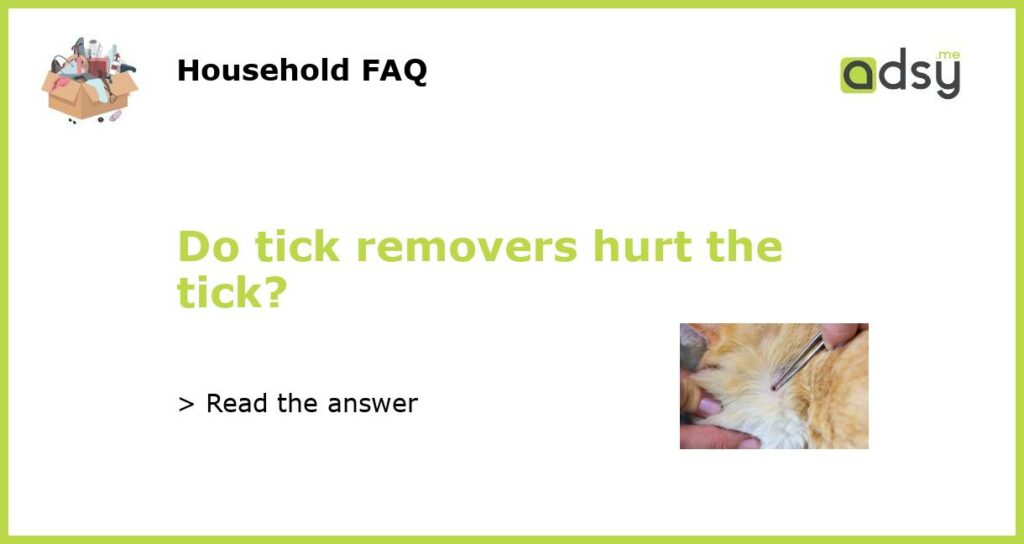How Tick Removers Work
Tick removers are tools designed to safely and effectively remove ticks from the skin of humans and animals. They are typically made of either plastic or metal, with fine-tipped ends that can fit beneath the tick’s body. When used correctly, tick removers can grip onto the tick’s mouthparts and remove it without causing harm.
The Tick Removal Process
When a tick is attached to the skin, it buries its mouthparts into the surface and feeds on blood. This can cause discomfort and potentially transmit diseases. When using a tick remover, you should position the tool as close to the tick’s head as possible, and gently lift and twist until the tick releases its grip.
It is important not to squeeze or crush the tick during removal, as this may cause the tick to regurgitate potentially infected fluids into the bite site. Tick removers are designed to minimize the risk of this happening by providing a secure grip on the tick’s mouthparts, reducing the likelihood of accidental squeezing.
Tick Removers and Tick Pain
Tick removers are specifically designed to minimize pain and discomfort for both the tick and the person or animal being treated. The goal of using a tick remover is to remove the tick as swiftly and gently as possible, without causing harm to either party.
While it is possible for the tick to experience some level of discomfort during removal, the pain is likely minimal compared to the potential harm caused by leaving the tick attached. The risk of disease transmission and the potential for more severe health issues outweigh any temporary discomfort the tick may experience during removal.
The Benefits of Using Tick Removers
Tick removers offer several benefits over other removal methods, such as tweezers or fingers. These benefits include:
- Decreased risk of accidentally squeezing the tick
- Reduced likelihood of leaving behind mouthparts
- Less risk of skin irritation or infection
- Minimized pain and discomfort for the tick
- Efficient and effective removal
Using a dedicated tick remover also ensures that you have a tool specifically designed for the task, increasing the likelihood of successful removal.
Aftercare Following Tick Removal
Once the tick has been safely removed, it is important to clean the bite area with a disinfectant solution. This helps to minimize the risk of infection and promote healing. Observation of the bite site for any signs of infection or adverse reactions is also recommended.
If you are concerned about potential diseases the tick may have transmitted, it is advisable to keep the tick in a sealed container and contact a healthcare professional for further guidance. They may recommend testing the tick or monitoring your health for any symptoms.
In conclusion, tick removers are designed to minimize harm to ticks and the person or animal being treated. When used correctly, they can safely and effectively remove ticks without causing significant pain or discomfort. It is important to follow proper tick removal techniques and seek medical advice if there are any concerns about potential tick-borne diseases.






